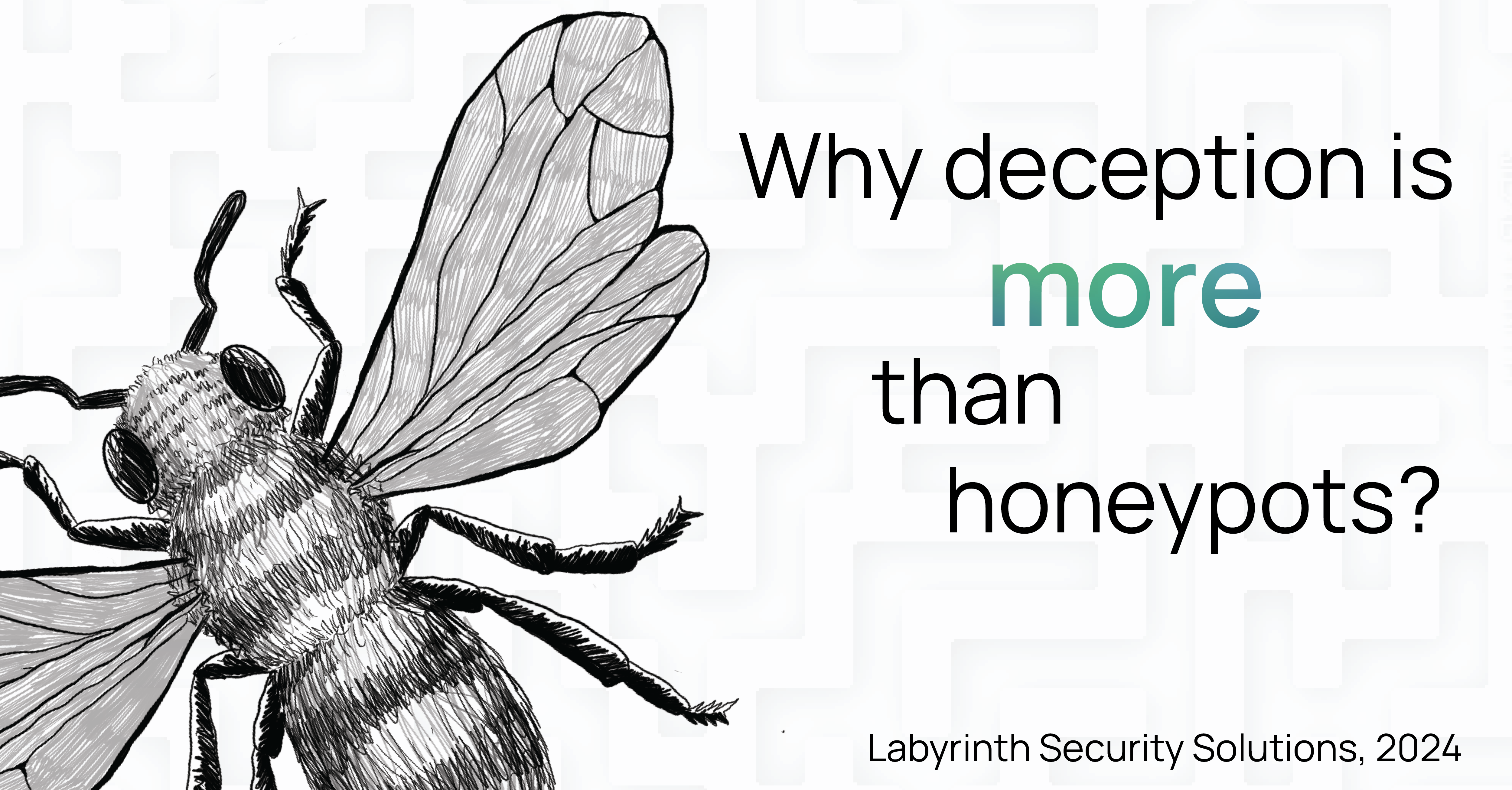
18Jul
Deception is a straightforward yet clever technique. Initially, it involved simple traps to lure attackers and uncover their tactics. These early methods aimed to distract and study cybercriminals without their knowledge. As cyber threats became more advanced, so did the techniques to counter them. Traditional deception evolved into comprehensive platforms that integrated multiple layers of misleading tactics.
A honeypot is a cybersecurity tool that acts like a real system to attract and trap malicious actors. These decoys are used for alerting and gathering intelligence on cybercriminals. Even though implementing separate honeypots may be a fun activity for cybersecurity enthusiasts, it poses significant drawbacks for production environments.
Firstly, setting up and maintaining honeypots requires a lot of effort and time. They need continuous updates to stay convincing to attackers, the deployment of comprehensive detection rules, and proper alerting. This is a challenge, and if not configured properly, it can lead to an overflow of messages, burdening security teams and diverting attention from other important tasks.
Secondly, the most common approach in such cases is to use the Full OS approach, when each decoy is a separate VM. This brings some additional limitations, such as high resource consumption, the need to purchase additional third-party licenses, and difficulties in implementing simulated web applications/services. You can read more about cyberdeception approaches in one of our previous articles, Full OS vs OS/Service Emulation.
Thirdly, traditional honeypots lack automation, making it hard to scale and adapt to changing threats. Integrating new features or functionalities becomes an additional task for your team.
However, everything changed with the development of deception platforms. They build on the basic idea of honeypots but extend it significantly to overcome their limitations. They use various deception techniques and tools to create a comprehensive and dynamic defense strategy.
One key principle behind deception platforms is to gather everything that may help you in the quick and easy implementation of deception in your environment. Deception platforms are designed to be "fast and furious," meaning they are quick to deploy and flexible in their operations. They use automated methods to deploy deceptive assets across the network rapidly. This automation ensures that the deception environment can scale and adapt in real-time, providing continuous coverage against threats.
A prime example of advanced deception technology is the Labyrinth Deception Platform. This platform is built on the OS/Service Emulation approach, gathering decoys for different sectors, from basic IT to SCADA/OT, each precisely built by our team. We create them in a way to engage the attacker, covering the earliest stages of cybersecurity attacks where traditional tools are less effective:

In addition to that, the Labyrinth Deception Platform provides built-in integrations for various purposes, such as additional alerting, incident response, extended detection, automated breadcrumb distribution, and flexible management of the entire platform from one place.
Overall, the shift from traditional honeypots to deception platforms marks a significant advancement in cybersecurity. While honeypots laid the foundation for deception tactics, their limitations have become clear in the face of modern market needs. Deception platforms, with their automation, scalability, and integration capabilities, offer a robust and dynamic defense strategy.

